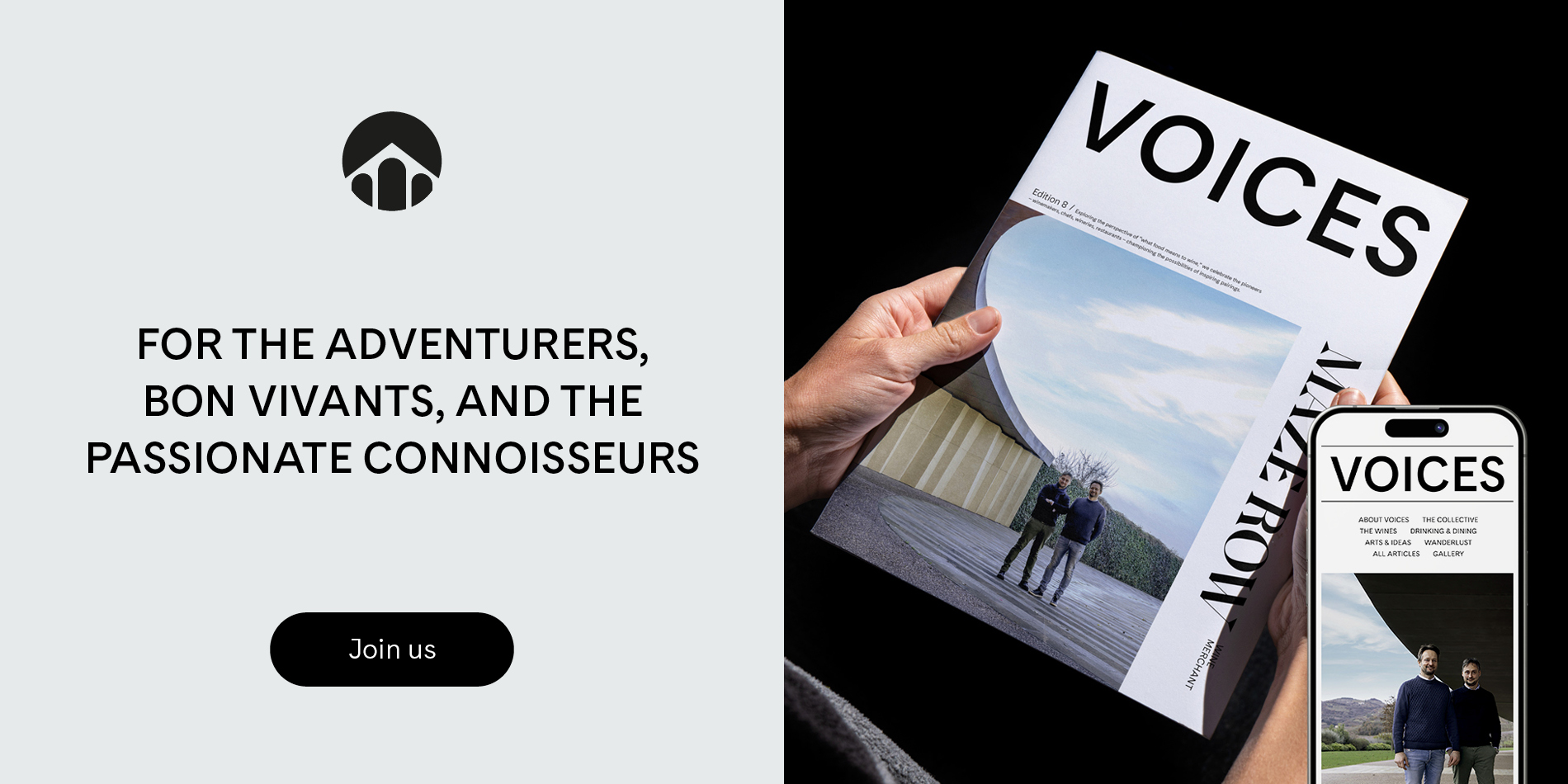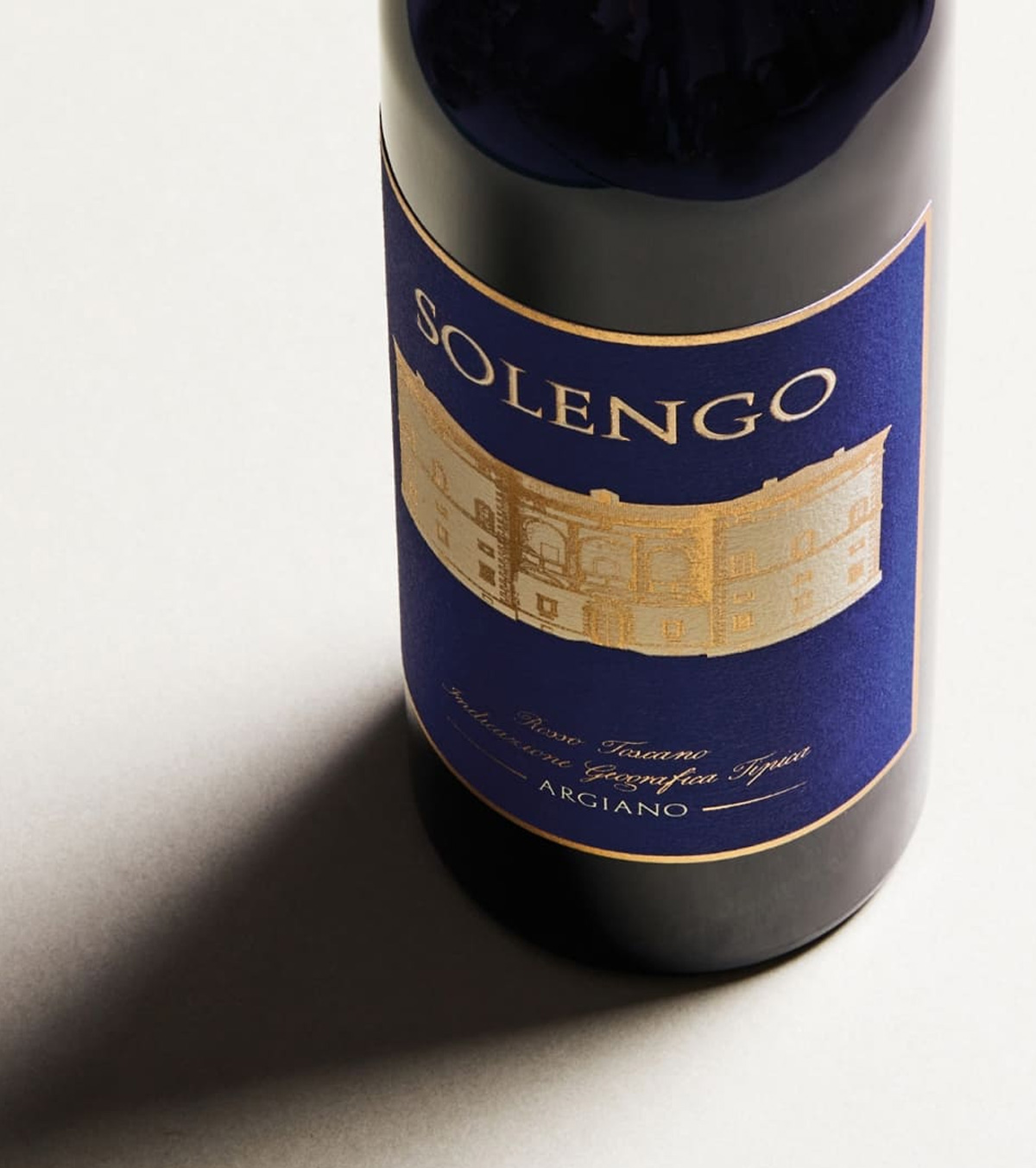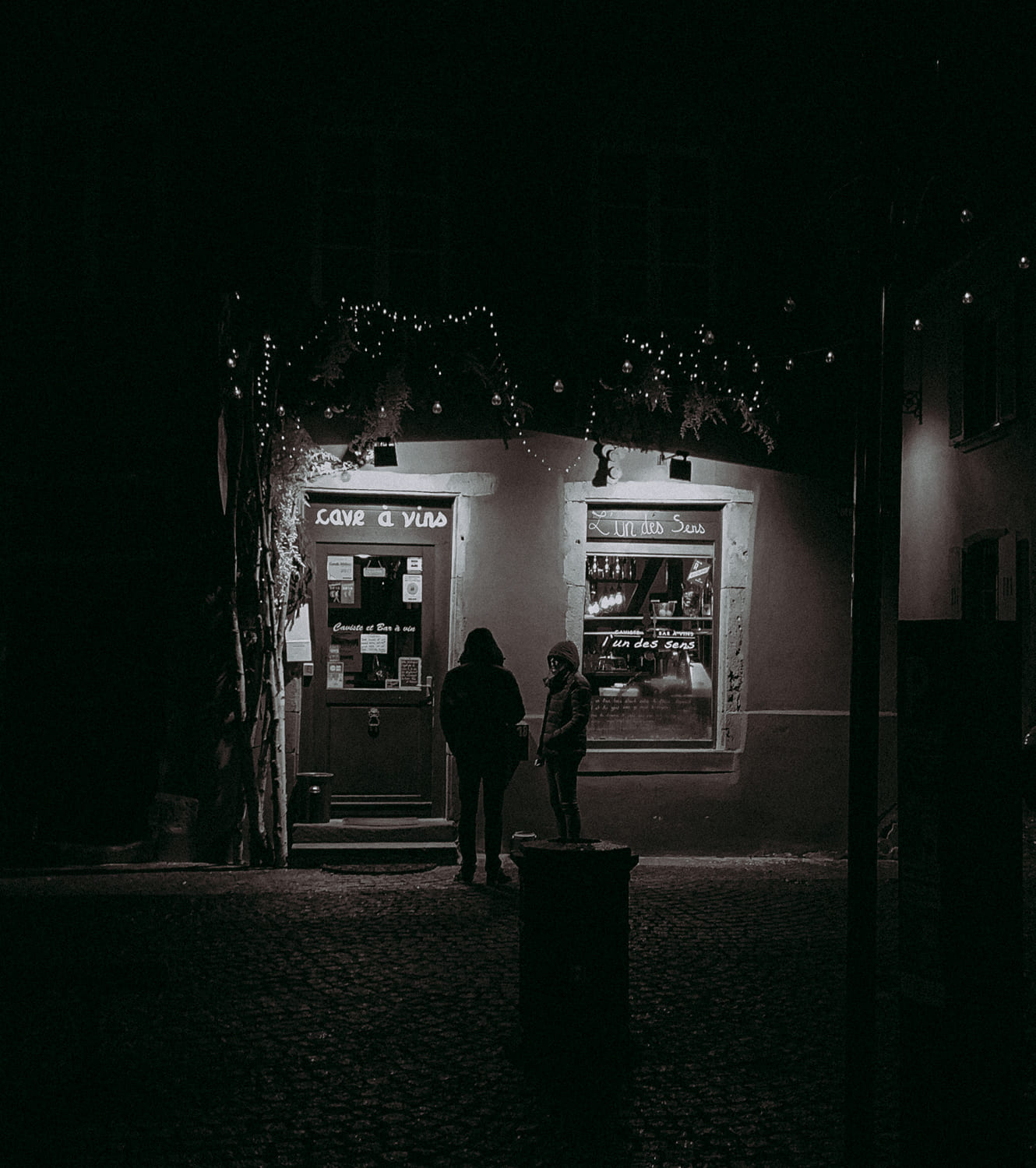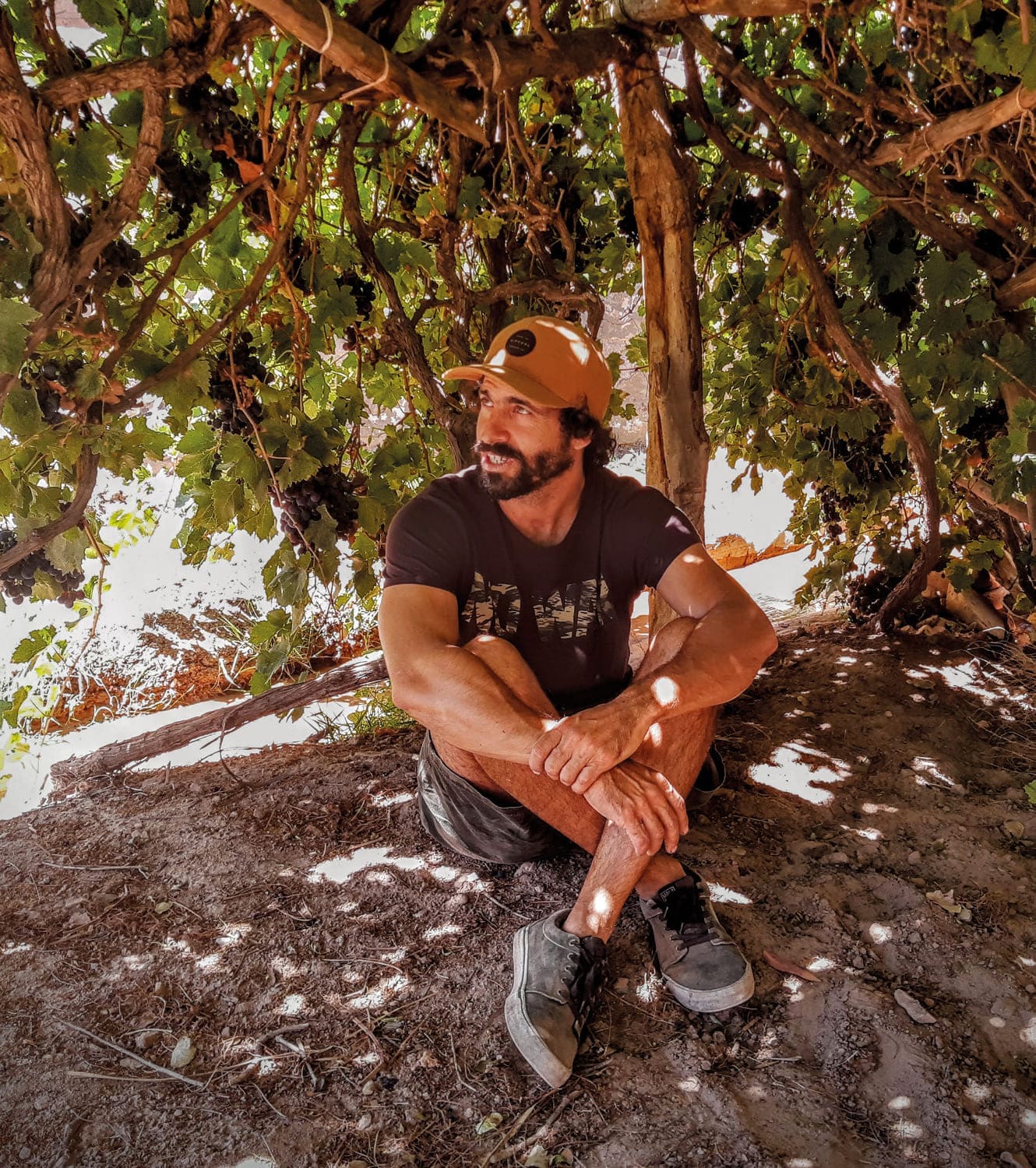
IT'S AI TIME
From precision viticulture to optimized communications, artificial intelligence is set to revolutionize the winemaking world, writes Richard Hough
Artificial intelligence, or what is now commonly known as AI, is everywhere. In fact, it’s difficult to pick up a newspaper, tune into a podcast or scroll social media without encountering yet another apocalyptical prophecy about the catastrophic impact artificial intelligence will have on our lives.
AI will be the biggest wealth creator in history. AI represents the greatest threat to truth the world has ever known. AI will secure the military dominance of airspace. AI will replace surgeons and doctors in the delivery of
medical care.
These are just some of the bold predictions relating to AI that trend routinely on our newsfeeds. But what is the AI revolution and
what does it mean in practical terms for the wine sector?
Wine, of course, has been around for some time and has seen more than its fair share of revolutions. From the agricultural revolution and the early attempts at domestication to the industrial revolution, which transformed how wine was produced and transported, to the information revolution and the radical changes wrought by computer technology since the mid-1980s. Even the French Revolution, according to some historians, created the preconditions necessary for the modern French wine industry to flourish.
Now, thanks to AI, it seems we must brace ourselves for yet another seismic shift in the way we live, work and drink.
In fact, the term AI was first coined way back in 1955 by the eminent Stanford University computer scientist John McCarthy, referring simply to the simulation of human intelligence by machines. But what does that mean in practice?
AI can process huge amounts of data and make predictions much faster and more accurately than humanly possible. AI is already central to many of today’s largest and most innovative organizations, including the likes of Amazon and Tesla. AI can automate tasks currently done by humans, such as customer service transactions, lead generation, fraud detection and quality control and, in an increasing number of areas, AI massively outperforms human counterparts. But can a machine really make wine? And what about small family-run wineries, what does AI mean for them?
“As with any emerging technology, the wine sector must be open, informed and ready to face the challenges and seize the opportunities that AI will inevitably bring”
THE AI DILEMMA
Many have argued that AI is not suited to any task that involves creativity, and winemaking surely falls into that category. Indeed, this is one of the main grievances in the current writers’ strike in Hollywood, in which the influential Writers Guild of America is seeking a guarantee that AI applications such as ChatGPT will be used only as a research tool and not as an alternative to human writers.
Like writing movie scripts, making wine is clearly a creative process that will always require human input, but that doesn’t mean that the wine sector should reject AI altogether. Far from it. As with any emerging technology, the sector must be open, informed and ready to face the challenges and seize the opportunities that AI will inevitably bring.
Areas of viticulture where AI might be particularly effective include warehouse automation, personalization (of content, messaging, ads, recommendations and websites) and customer service (virtual agents can provide a 24/7 service). AI is also likely to become increasingly influential in the area of communications, a topic explored in some detail by Robert Joseph at last year’s wine2wine Business Forum in Verona, and, more specifically, in relation to content creation. Idea generation (based on your audience’s interests), writing assistants that produce instant copy, text optimization for SEO and virtual influencers are just some of the areas where AI is likely to take on an ever-increasing role.
But what about in the vineyard itself? Precision viticulture (PV), the use of drones to analyze vine performance and health, and robots and tractors operating independently are all made possible thanks to AI technology. In the context of climate change, rising temperatures and water scarcity, soil saturation technology can inform vine growers when and where to activate irrigation systems. AI also has the added benefit of being able to capture detailed data about vine health and development while performing mundane tasks such as weed control, pruning and soil analysis. It is in this ability to gather, analyze and independently act upon large volumes of information and data that the real benefits of AI must be harnessed.
VINEYARD BOTS
Cornell University is leading the way when it comes to deploying robots in our vineyards, with the rollout of its PhytoPatholoBots (PPB) as part of a four-year research project funded by the US Department of Agriculture. The machines, equipped with facial recognition-type software, can identify disease-infected leaves or canopy regions in a vineyard. The technology can also measure the extent of any infection and determine where and how much treatment should be applied, allowing farmers to target the use of potentially harmful chemicals. But, if you’re expecting some kind of stylized robot from the movies, you may be disappointed by the glorified lawnmower currently trawling selected vineyards in the US.
Mechanization and robotics are clearly going to be of most interest to producers operating at scale. Such bots might be viable in the vast vineyards of California’s Central Valley, but may feel less at home in the heroic viticulture of Valtellina in Italy, where the human touch will always prevail.
Furthermore, as with any emerging technology, AI is expensive (the robotic unit described above costs between $30,000 and $35,000), requires significant technical expertise and, most critically of all, can eliminate human jobs, increasing unemployment rates in already fragile agricultural economies. On the other hand, with labor shortages and climate change becoming increasingly acute, AI may offer at least a partial solution to some of the most pressing problems currently facing the industry.
The Turing Test, originally known as “the imitation game,” was developed by Alan Turing in 1950 to test a machine’s ability to exhibit intelligent behavior equivalent to, or indistinguishable from, that of a human. Will a bottle of wine made by a machine ever pass the Turing Test? That seems unlikely. One thing, however, is certain: the AI revolution is upon us, whether we like it or not.
A final thought on the implications of AI on those of us who write for a living. During an editorial meeting my editor suggested running the title of this article through ChatGPT – the artificial intelligence chatbot developed by OpenAI. The speed with which the application produced a comprehensive and well-structured article on the impact of AI on viticulture, a task that I’d spent the best part of a day researching, was jaw-dropping. But then again, who’d
ever want to read an article about wine written by a robot?

We recommend
LIQUID ASSETS
Chosen with care like art, fine wine can be a great investment. But what are the best ways to get started? Suzanne Denevan-Brown kick-starts our new series
A CASE FOR TEXTURED WHITE WINES
John Irwin puts forward a compelling case for rethinking “textured whites,” singing the praises of these once snubbed wines – including the much-maligned Gewürtztraminer
GROUND CONTROL
Soil mapping is transforming winemakers’ knowledge of their land. Pedro Parra, whose work on the Brunello di Montalcino wines has led to the creation of the award-winning Argiano’s Vigna del Suolo 2018
UNEARTHING THE PAST
To find out how some recent discoveries have revitalized South America’s wine world, Amanda Barnes delves deep into an old vine treasure trove at the end of the world




